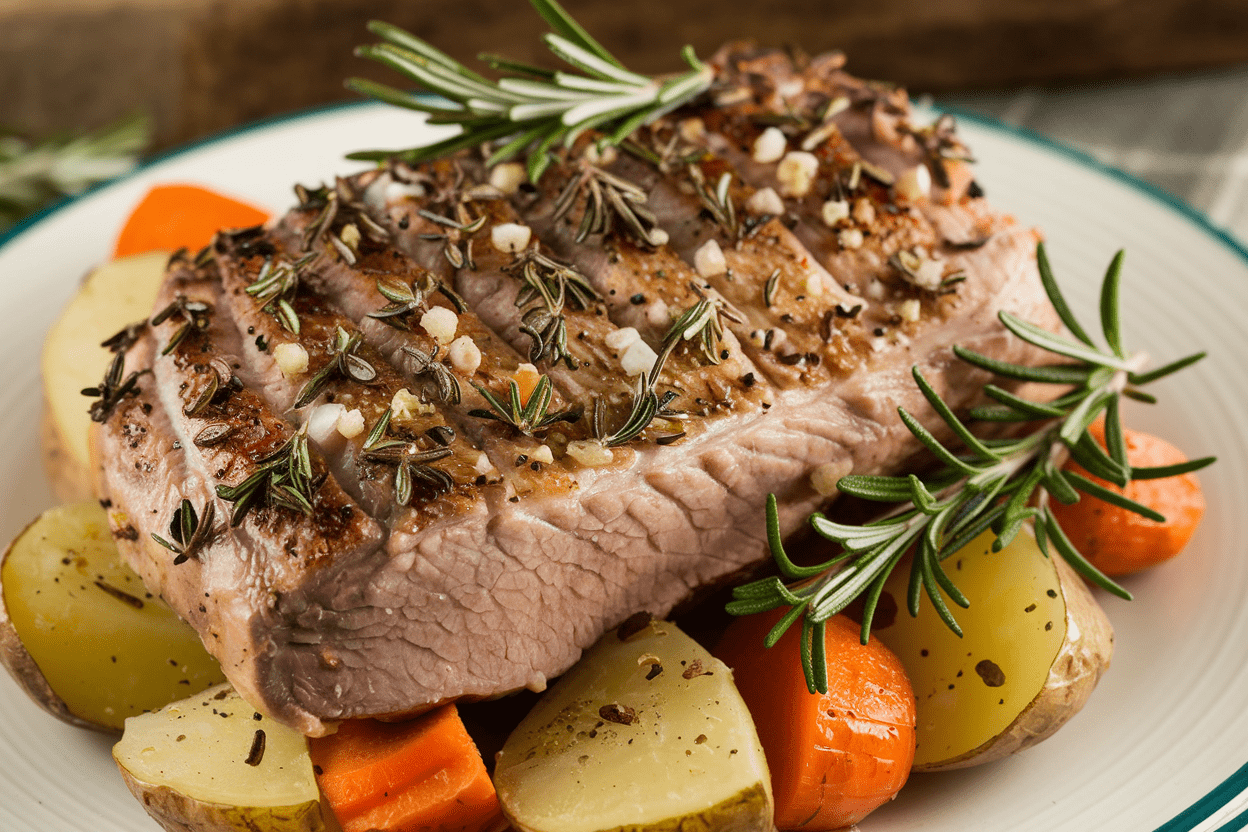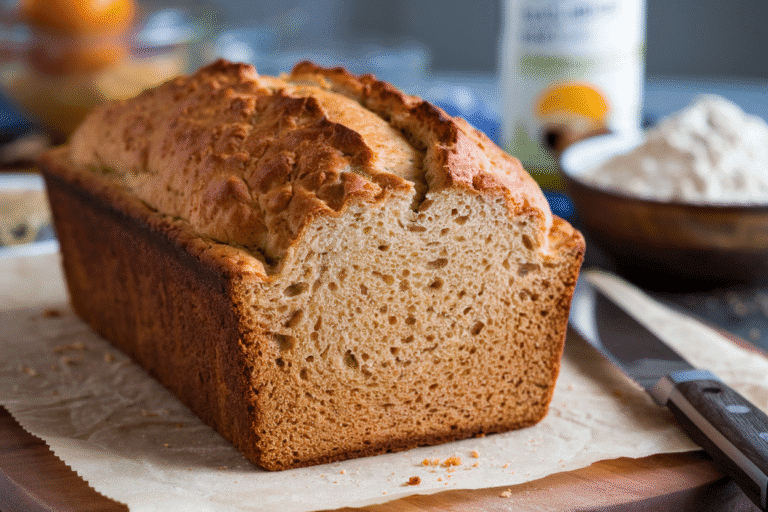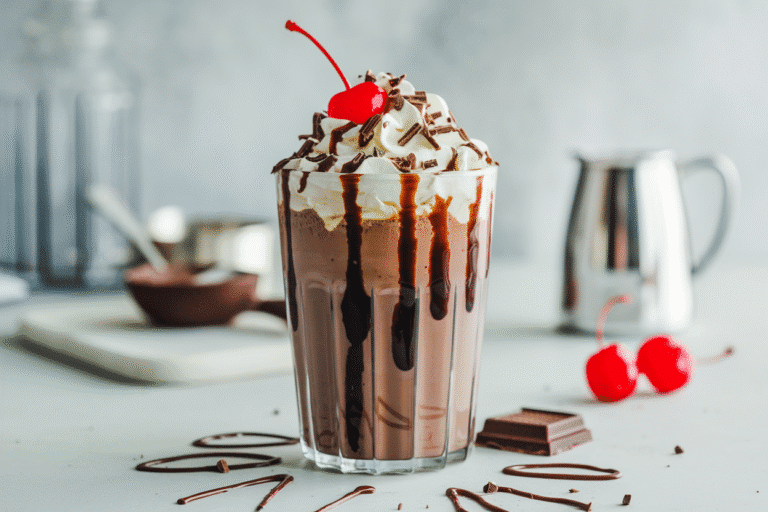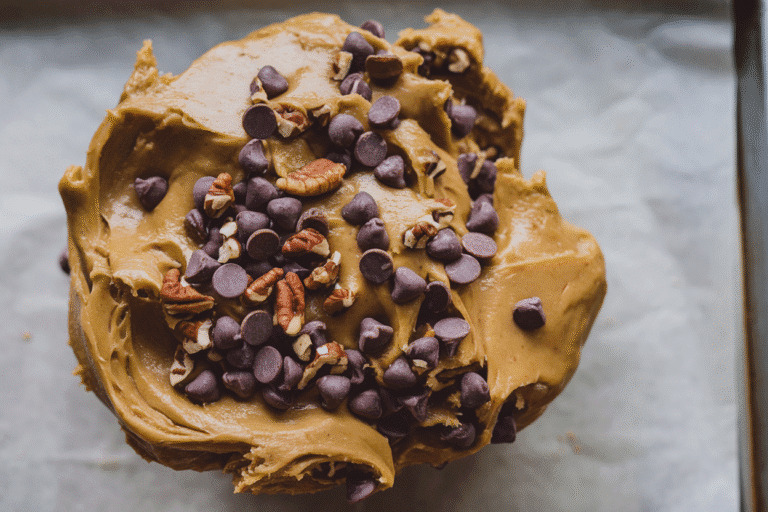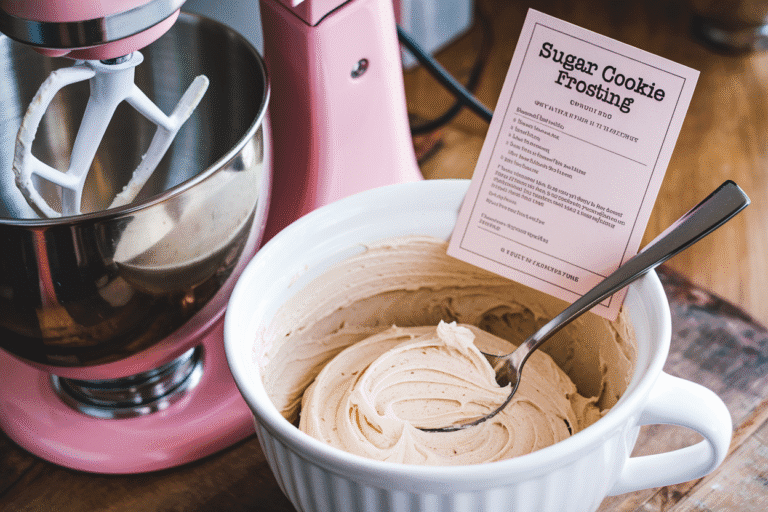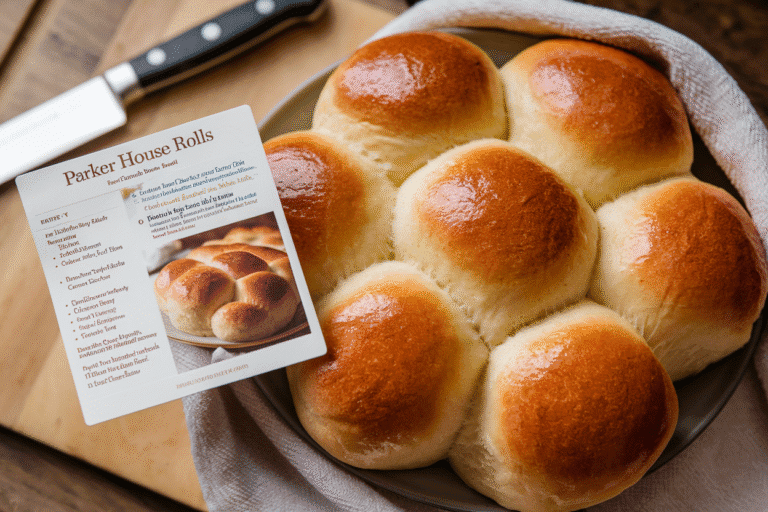The Best Pork Tenderloin Recipe That Turns Weeknights Into “Wait, You Made This?!”
You want restaurant-level flavor without the chef’s jacket or a panic attack. Cool—this pork tenderloin does exactly that. It’s fast, juicy, and hits that sweet-salty-savory note people pretend takes five ingredients and a prayer.
Spoiler: it doesn’t. You’ll build a crispy crust, lock in the juices, and finish with a glossy pan sauce that makes veggies taste like a flex. If you can preheat an oven, you can look like a pro.
Why This Recipe Works
This cut is naturally lean, so the secret is control: high-heat sear for crust, finish in the oven to keep the center blushing pink.
A quick dry brine (salt + time) draws moisture to the surface, flavors the meat, and improves browning. The rub layers sweet heat and aromatics, while butter and aromatics in the pan baste it to glossy perfection.
We also rest the meat—non-negotiable—so the juices redistribute instead of escaping onto your cutting board. Finally, a simple pan sauce made from fond, stock, and a touch of acid makes everything taste intentional.
Because it is.
Shopping List – Ingredients
- 1–1.5 lb pork tenderloin, silver skin removed
- 2 tsp kosher salt (Diamond Crystal; if using Morton, start with 1.25 tsp)
- 1 tsp freshly ground black pepper
- 1 tsp smoked paprika
- 1 tsp garlic powder
- 1/2 tsp onion powder
- 1/4–1/2 tsp cayenne (optional for heat)
- 1 tbsp brown sugar (light or dark)
- 2 tbsp neutral oil (avocado, canola, or grapeseed)
- 2 tbsp unsalted butter
- 3 cloves garlic, smashed
- 4 sprigs fresh thyme or 1 tsp dried
- 1/2 cup low-sodium chicken stock
- 1 tbsp Dijon mustard
- 1–2 tsp apple cider vinegar or lemon juice
- Optional finish: 1 tbsp honey or maple syrup for gloss
The Method – Instructions
- Trim and brine: Pat the tenderloin dry. Remove any silver skin with a sharp knife. Sprinkle evenly with salt on all sides and refrigerate uncovered for 30–60 minutes (or up to overnight).
This is your flavor insurance.
- Preheat smartly: Heat oven to 400°F (204°C). Place a heavy skillet (cast iron preferred) on medium-high heat to preheat for 5 minutes. Hot pan = better crust.
- Mix the rub: In a small bowl, combine pepper, smoked paprika, garlic powder, onion powder, cayenne (if using), and brown sugar.
Pat the pork dry again, then rub evenly all over. The surface should look like it’s ready for a headshot.
- Sear like you mean it: Add oil to the hot skillet. Lay in the pork and sear 1.5–2 minutes per side until a deep brown crust forms (about 6–8 minutes total).
Don’t fidget—let it color.
- Baste for flavor: Add butter, smashed garlic, and thyme to the pan. Tilt and spoon the foaming butter over the pork for 30–45 seconds. You’ll smell the win.
- Finish in the oven: Slide the skillet into the oven.
Cook 8–12 minutes until the thickest part hits 135–140°F for medium (it will carryover to 145°F). Use an instant-read thermometer. Guessing is for game shows.
- Rest, then slice: Transfer pork to a plate and tent loosely with foil.
Rest 8–10 minutes. Slice into 1/2-inch medallions against the grain.
- Make the pan sauce: Return the skillet to medium heat. Add stock, scraping up the brown bits.
Whisk in Dijon and a splash of vinegar. Simmer 2–3 minutes until slightly reduced. For a glossy finish, stir in honey or maple.
Taste and adjust salt/acid. Sauce should be bright, not shy.
- Serve: Spoon sauce over slices. Pair with roasted potatoes, garlicky green beans, or a crisp salad.
Accept compliments graciously (or not).
Keeping It Fresh
Leftovers are gold. Store sliced pork and sauce together in an airtight container for up to 3 days. Reheat gently: low heat in a skillet with a splash of water or stock until just warm—don’t re-cook it to sadness.
For longer storage, freeze slices flat with sauce in a freezer bag for up to 2 months.
Thaw in the fridge overnight. FYI, sauced leftovers stay juicier than naked ones.
What’s Great About This
- Fast and fancy: 30–40 minutes total, but reads like Saturday-night energy.
- Predictable juiciness: Dry brine + thermometer = no dry pork tragedies.
- Pan sauce on demand: Built right in with pantry staples.
- Versatile flavor: Neutral base takes well to sweet, spicy, or herby spins.
- Lean but luscious: Butter baste adds richness without turning it heavy.
Common Mistakes to Avoid
- Skipping the rest: Cutting immediately drains the juices. Resting is not optional.
- Cooking to 160°F: That’s how you make sawdust.
Pull at 135–140°F and let carryover finish the job to 145°F.
- Cold meat in a cold pan: You’ll steam, not sear. Preheat both.
- Over-sugaring the rub: A little brown sugar helps browning; too much burns. Balance is key.
- Forgetting to pat dry: Moisture fights crust.
Paper towels are your friend.
Different Ways to Make This
- Maple-Mustard: Swap brown sugar for 1 tbsp maple in the sauce, add extra Dijon, and finish with chopped rosemary.
- Garlic-Herb Lemon: Drop the paprika/cayenne and add zest of 1 lemon to the rub; finish sauce with lemon juice and parsley.
- Sweet Heat: Use chili powder + cayenne, then glaze with honey and a splash of hot sauce at the end.
- Asian-Inspired: Marinate briefly in soy, ginger, garlic, and a touch of sesame oil. Sear, roast, then deglaze with stock and a teaspoon of rice vinegar; finish with a drizzle of hoisin.
- Grill Method: Sear over direct high heat 2 minutes per side, then move to indirect heat until 135–140°F. Rest and sauce as above.
Smoke kiss = instant upgrade.
FAQ
Can I use pork loin instead of tenderloin?
You can, but adjust expectations. Pork loin is larger and leaner; it needs longer, lower cooking and isn’t as naturally tender. If using loin, skip the stovetop sear and roast at 350°F until 140°F, then rest.
Do I really need a thermometer?
Yes, unless you enjoy roulette with your dinner.
A $15 instant-read thermometer makes you consistent and confident. It’s the difference between juicy and “call for pizza.”
How spicy is this?
Mild by default. The cayenne is optional and adjustable.
For zero heat, omit it; for more kick, add 1/2 tsp and a dash of hot sauce to the sauce.
What sides pair best?
Roasted fingerlings, mashed sweet potatoes, crispy Brussels, or a lemony arugula salad. The pan sauce loves anything starchy or green—IMO, polenta is elite here.
Can I prep it ahead?
Absolutely. Dry brine up to 24 hours ahead.
Mix the rub and measure sauce ingredients in advance. Sear/roast right before serving for best crust.
Why is my crust pale?
Pan wasn’t hot, meat was wet, or you crowded the skillet. Preheat thoroughly, pat dry, and sear with space.
Also, gasps—don’t constantly flip. Let it sit.
Is 145°F safe for pork?
Yes. USDA says 145°F with a 3-minute rest is safe.
Pulling at 135–140°F accounts for carryover, landing you right at 145°F after resting—juicy and legit.
In Conclusion
This best pork tenderloin recipe nails the trifecta: bold crust, blushing center, and a sauce that makes Tuesday feel like cheat day. It’s simple enough for a weeknight, flashy enough for guests, and flexible for your flavor mood swings. Keep the thermometer handy, don’t skip the rest, and let the sauce do the talking.
Your only problem now? People asking for seconds—and the recipe.
